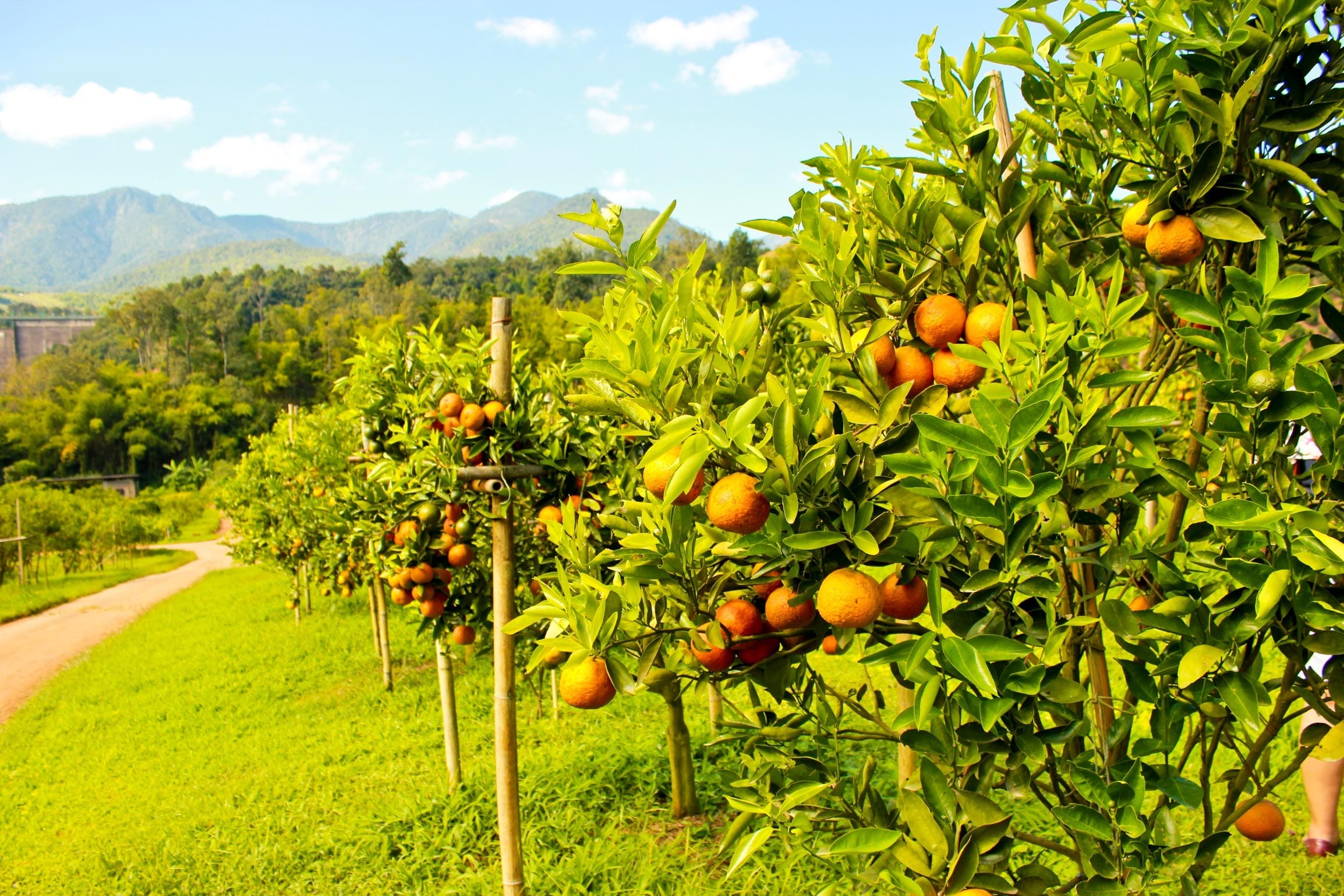January, 2021
Mexico
Crop figures estimate that Mexico’s upcoming orange crop will be about 4 million tons, which represents an average/good year. This also signals a full recovery from the disastrous harvest of the previous crop season. Mexico’s current production is of similar size and quantity to Florida’s orange production.
The country is currently processing early and mid varietals. Valencia oranges will only come into the market February and onwards. Typical Mexican peak production lies between the February/March timeframe and runs until the end of April
Brazil
2nd crop forecast for 2020-2021 is projected to be about 269.36 million boxes, which is a reduction of 18.4 million boxes from last year. Overall, crop figures are estimated to be 30% lower than typical due to the La Nina climate phenomenon which hit during the first period of the harvest (rainfall was 41% below average from Sept – Nov 2020).
This combined with high temperatures and early fruit droppage, creating the situation Brazil is currently facing. Average fruit droppage forecast is estimated at 21.1% for the remainder of the 2020-2021 season, which continues to be a higher estimation than previous crop cycles. The next crop update is expected on February 10th.
USA
Fresh fruit market and FCO/NFC remains the primary focus, as many companies try to keep shelves stocked in supermarkets throughout the winter. Consumers tend to drink Orange Juice for its Vitamin C content, and the drink has gained a reputation as a popular “immunity booster” amidst the COVID-19 pandemic.
This trend will likely carry on throughout the Spring, but if vaccinations are distributed soon, it may taper off during summer months. This remains the one of the most crucial factors in determining whether or not demand will continue to remain towards increased public consumption.
China
Production is estimated at about 7.13 million tons of fruit. China has a huge amount of internal domestic consumption of sweet oranges, so it is almost guaranteed that they will consume this volume themselves.
This volume is also not enough for internal markets, so it is likely they will import fruit from other regions. Imports typically come from South Africa due to shorter transit times when compared to the EU and USA.
Posted In:
Market Report - Brazil - China - Essential Oils - Fresh Fruit Market - Mexico - Orange Oil - USA
